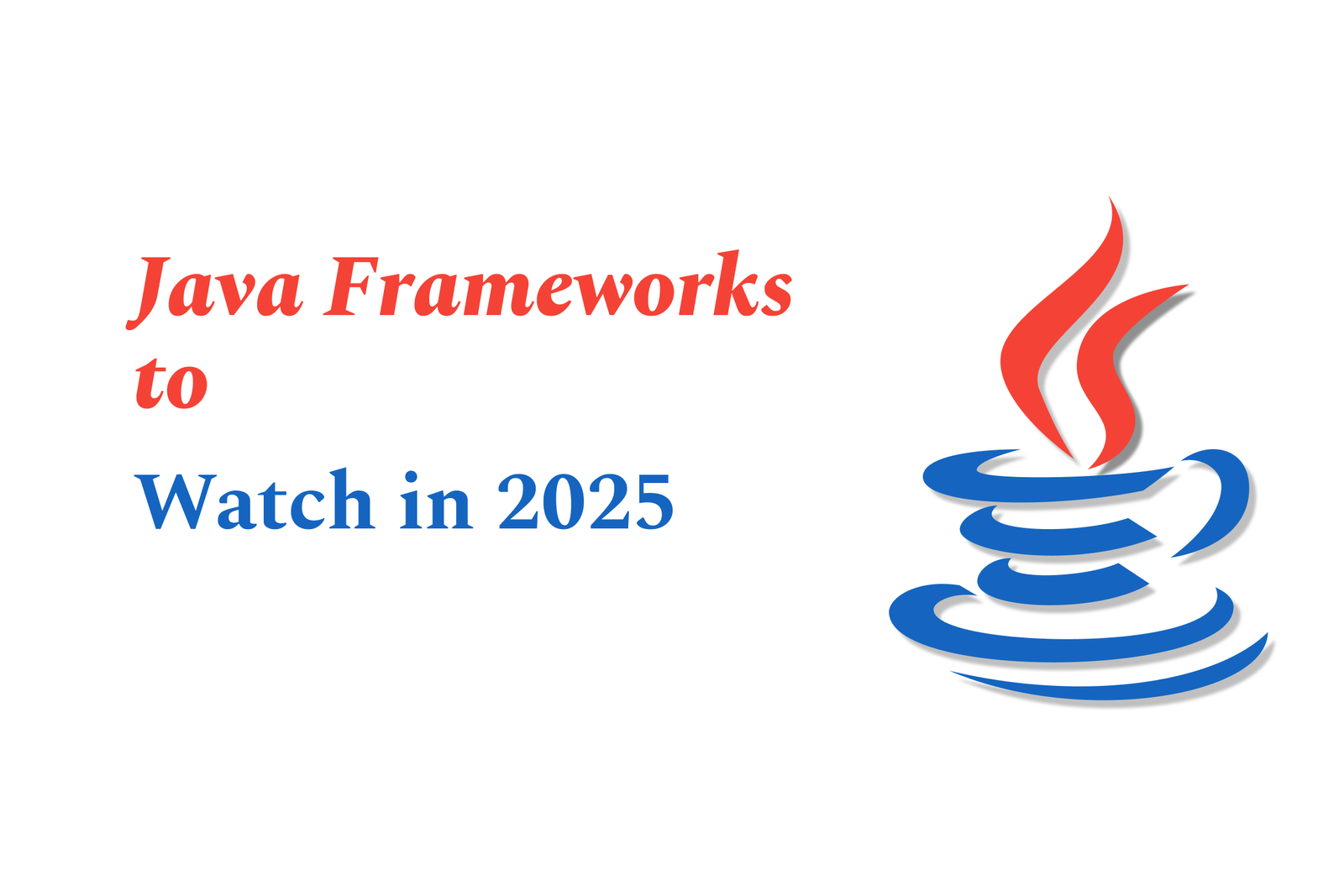Java frameworks to watch in 2025
Java frameworks in 2025 focus on enhancing desktop and enterprise apps with improved performance, native look on macOS, and easy packaging. Key players include JavaFX for rich GUIs and Jetpack Compose for Desktop, blending modern design with cross-platform support.
Java Frameworks to Watch in 2025
1 ) Introduction to Java Frameworks in 2025
Java remains a dominant language for software development, especially for enterprise and desktop applications. As we approach 2025, various frameworks continue to evolve, catering to modern development needs including performance, native look & feel, and seamless packaging.
2 ) Desktop GUI Frameworks for Java
Swing: A long standing Java GUI framework, known for stability and wide usage but facing challenges in modern design adaptation.
JavaFX: A more modern Java GUI toolkit that supports rich user interfaces and multimedia. It offers better support for macOS native features compared to Swing.
Jetpack Compose for Desktop: Though originally for Kotlin, this cross platform UI toolkit is gaining attention for desktop applications, including macOS, but experts question its optimization specifically for macOS.
3 ) Focus on Native macOS Application Development with Java/Kotlin
Developers seek frameworks that provide a native look and feel on macOS, ideally with integration to SwiftUI or native macOS design principles.
Performance is critical; frameworks should avoid bulkiness akin to Electron apps.
Packaging and distribution ease for the Mac App Store or direct downloads is a major requirement.
4 ) Most Recommended Frameworks for 2025 Desktop Applications
JavaFX is frequently highlighted as a strong candidate for Java desktop applications with native macOS adaptations.
Jetpack Compose for Desktop, while promising as a Kotlin based UI framework, still requires confirmation on its macOS optimization capabilities.
Swing is considered somewhat dated compared to newer toolkits.
5 ) Conclusion
For developers targeting Java or Kotlin frameworks in 2025, emphasis will be on frameworks that balance native experience, performance, and ease of packaging. JavaFX stands out currently, with Jetpack Compose for Desktop emerging as a potential strong contender. Developers should monitor ongoing updates and community support to choose the best framework aligned with their project needs.
https://justacademy.in/news-detail/android-device-manufacturer-announcements
https://justacademy.in/news-detail/how-swiftdata-changes-persistent-storage-in-ios-apps
https://justacademy.in/news-detail/react-native?s-new-code-splitting-techniques
https://justacademy.in/news-detail/react-native-expo-sdk-updates-announced
https://justacademy.in/news-detail/how-to-get-hired-as-flutter-dev-in-2025
Related Posts
In 2025, top Angular libraries offer modern, feature-rich components and tools for building dynamic web apps. From powerful data grids to low-code platforms like UI Bakery, these libraries enhance development speed, UI design, and scalability, making them essential for Angular developers.
Migrating from AngularJS to Angular 17 involves gradually upgrading your app by running both frameworks together using tools like ngUpgrade, rewriting components in TypeScript, and adopting Angular’s modern architecture to enhance performance, maintainability, and long-term support.
Angular state management tools help organize and handle app data efficiently, improving scalability and maintainability. Popular options include NgRx for robust, RxJS-based patterns, and newer Signal Store solutions that offer simpler, reactive approaches integrated tightly with Angular’s latest features.
RxJS in Angular empowers developers to manage asynchronous data streams with powerful operators like `forkJoin`, `combineLatest`, and `zip`. Mastering these key operators in 2025 is essential for building efficient, reactive applications that handle complex event sequences seamlessly.
Angular performance optimization in 2025 focuses on improving app speed and responsiveness by using techniques like OnPush change detection, lazy loading, efficient data caching, and AOT compilation. These practices reduce load times, enhance user experience, and ensure scalable, fast Angular applications.
In 2025, Angular remains preferred for large-scale, enterprise apps with its robust, all-in-one framework, while Vue attracts developers seeking simplicity and fast development for smaller projects. Both frameworks excel, with choice driven by project needs and team expertise.
Angular Signals are a new reactive primitive in Angular 16 that enable fine-grained, efficient change detection by automatically tracking dependencies and updating only affected parts of the UI. They simplify state management and boost app performance, revolutionizing Angular's reactivity model.
Angular interview questions to prepare in 2025 focus on core concepts like components, directives, data binding, routing, and dependency injection, along with TypeScript mastery and latest Angular features to ensure strong practical knowledge for building scalable, efficient web applications.
AngularJS reached its official end of support in January 2022, meaning no further updates or security patches. To ensure app security and performance, developers should consider migrating to modern Angular versions or seek third-party long-term support options if immediate migration isn’t possible.
The Angular Roadmap 2025 highlights upcoming features focused on improving developer experience and performance, including zoneless Angular, Signals integration, enhanced Forms, async data handling, improved HMR, and expanded Angular Material/CDK enhancements, driving modern, efficient web app development.










